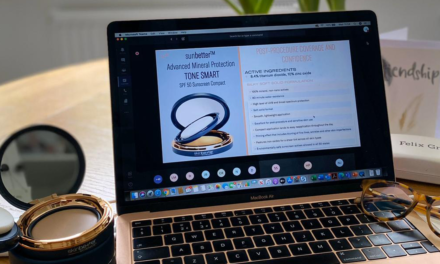Obese women and men in the UAE seeking classic abdominoplasty may want to reconsider. Classical abdominoplasty, also known as a tummy tuck, is a popular surgery for correcting the muscle and tissue laxity produced by pregnancy or large weight loss. However, it has been plagued by its complication rates, reported as high as 15-25%. The alternative lipoabdominoplasty (LABP) procedure, developed by a UAE-based plastic surgeon, has seen complication rates brought down to 5%.
Dr Mohan Rangaswamy from Plastic Surgery Works in Dubai, UAE, developed the concept of LABP as an alternative procedure in 1995 when he was faced with high incidence of obese patients from the Middle Eastern population seeking tummy tucks. LABP is now an accepted technique with important studies emerging from various other countries like Brazil and France attesting to the safety and efficacy of the method.
Dr Rangaswamy is one of the highly anticipated speakers at Dubai’s leading anti-ageing congress, ICAAM Middle East, which takes place from 5-6 December at the Conrad Hotel.
According to Dr Rangaswamy, ‘With LABP, extensive liposuction is done first before cutting the skin, unlike a traditional abdominoplasty where the patient will often undergo a secondary procedure to remove the fat. This, and other modifications of technique, including avoidance of drains, led to superior results with greater safety in in patients with excessively fatty abdomens.’
The three major problems of classical abdominoplasty, namely seroma, skin necrosis and fat necrosis, are eliminated by LABP. Since necrosis and poor blood supply are important causes of infection, the incidence of infection is also reduced.
Tummy tucks using LABP form about 20% of Dr Rangaswamy’s aesthetic surgeries. The majority of his patients are women who have completed childbearing and are looking to improve their figure. Men usually accumulate excess fat in and around the internal organs in the belly and are, therefore, not candidates for any form of tummy tuck unless they have lost a lot of weight and their skin is then hanging in folds.
‘About 60-70% of my tummy tuck patients are obese, according to their BMI, and have a major problem with ‘external’ fat in their abdomens. We must differentiate between gross global obesity and obesity predominantly in the abdomen. A grossly obese person must lose weight before being accepted for LABP. Whatever is behind the outer fat layers of the abdomen is considered ‘visceral’ and cannot be removed by liposuction,’ highlighted Dr Rangaswamy.






